We repair the washing machine ourselves
Our comfort is largely provided by household appliances. Few people imagine their life without it. A striking example is automatic washing machines. Recently it was a luxury item, today it is almost a mandatory requirement for a normal life. But technique is a technique to break down from time to time. Naturally, the less frequently malfunctions occur, the better, but what if the washing machine breaks down? Call the master? If the warranty period is valid, you need to do just that. If the warranty has ended long ago, you can repair the washing machine yourself. Perhaps not all faults can be eliminated on their own, but most of them are for sure.
The content of the article
How the washing machine works
Do-it-yourself repair of a washing machine is possible only when you know what it consists of, what role each part plays. When you understand the principle of operation and the purpose of each part, you can determine from a malfunction what could be the cause. So, let's take a look at what a washing machine consists of.
The most common models of these household appliances are front-loading - in our conditions there are washing machines mainly in the kitchen, covered with countertops or in the bathroom. In this case, the front loading door is more convenient.
Control
The control unit consists of a panel and a board. On the panel there are knobs or buttons with which we set the washing modes. The board is responsible for recognizing the specified modes. In the process of washing, in accordance with a given program, she manages all parts - turns on / off the water supply, controls its heating, the operation of the drum, pump for pumping out, etc.
All parameters of the machine are monitored by various sensors. The information coming from them is processed in a microprocessor installed on the board. The control system is actually quite complex, but it is she who is the main part of the washing machine. There are the following sensors:
- Water level sensor. Keeps track of how much water is in the tank. According to his indications, the water supply is turned on / off.
- Temperature sensors. Located at the bottom of the tank. According to their indications, water heating is turned on / off.
- Tachometer. Controls the drum rotation speed.
- Time relay. Keeps track of the time intervals required at various stages.
All these parts are connected to the control board with wires, some circuits contain relays.
If the board is damaged, the machine starts confusing programs. This is the main symptom of a damaged control board in the washing machine. All other breakdowns can be associated with incorrect operation of sensors, but malfunctions in programs are a processor disease. The board is rarely repaired, usually it just changes. The bad news is that the cost of the board is high, although the replacement itself is not difficult. The connector for its connection is standard. The old one turns off. For this, the conductors are removed from the blocks, the faulty board is dismantled. A worker is installed in its place, all conductors are connected into place.
The main reason for the breakdown of the control board is power surges, therefore it makes sense to power the washing machine through stabilizer (or put it on the whole apartment or house).
Executing devices
The control board is connected to all executing devices - drum, electric motor, pump, water shut-off valve, etc. It is their work that the sensors control.
- Hatch door lock. Locks the door, audible click when triggered. If the door is not pressed firmly, the interlock relay will not work. In this case, the machine will not start washing. With such a breakdown, repairing the washing machine is simple: push the door, the contacts close, the washing will begin.
- Water supply valve. The washing machine is simply connected to the water supply with a hose. Inside, at the inlet, there is this valve, which turns on / off the water supply. If the machine does not collect water (and the system has it and the pressure is normal), or vice versa, water is supplied all the time, most likely the valve has "flown". In this case, repairing the washing machine with your own hands consists in replacing the water supply valve. In principle, for a start, you can clean it from salts and dirt, if this does not help, you will have to change it.
- Engine. Sets the drum in motion. The rotation is transmitted to the pulley through the belt, but there are direct drive washers. If you have a drum with a pulley, it turns manually, the motor turns on, but when you start the drum does not rotate, the belt may have broken or weakened. In this case, do-it-yourself repair of the washing machine consists of replacing the belt. If this problem occurs with a direct drive washing machine, it is most likely that the engine has burned out.
- Tubular heating element - heating element. Required for heating water. If the water does not heat up during washing, but should, it is required to check the health of the heating element, if everything is in order with it, check the temperature sensors. Due to their incorrect operation, water may also not be heated.
- Water pump. This is a small pump for pumping water out of a tank. He pumps it out into the drain hose.
These are all basic working details. Failure of each of them leads to a malfunction of the washing machine. Repair mainly consists in replacing a failed element. Only the pump and water supply valve can become clogged. There may be a blockage in the door lock, it is not accidental - someone can push something there, mostly, of course, these are children.
Washing machine tank
In a washing machine, the tub takes up almost all the space in the body, since it contains a drum for loading laundry. The drum is connected movably, so that it can rotate around a horizontal axis. The heating element and some sensors (temperature, water level) are also located inside the tank, on the case there are pipes for supplying and removing water.
To keep the tank in one position while the washing machine is running, there is a stabilization system. These are springs and shock absorbers that dampen most of the vibrations.
The tank itself is usually made of plastic. There are collapsible models, there are non-collapsible ones. Washers with collapsible tanks are usually more expensive, but in this case it is worth overpaying, since their repair is much easier. If something happens to the bearings, they can be easily replaced by disassembling the tank.
Another malfunction of the washing machine in which a collapsible tank is better is a crack in the case. If the shock absorbers do not do their job well, the drum with laundry starts knocking on the tank during spinning. Plastic is not designed for such loads, so sooner or later cracks appear. If the tank is collapsible, the damaged part can be replaced. It is not very difficult and expensive. If it is non-separable, in theory, it is necessary to replace it together with the drum, which is not cheap at all. But you can help in this case too - repairing a washing machine tank with your own hands in this case consists in sealing the crack. It is better to use waterproof and heat-resistant universal glue, which can also be used to glue plastic.
Body and other parts
Do-it-yourself washing machine repair begins with disassembling the case.The body is usually made of thin sheet metal coated with a layer of enamel. The top cover is plastic, the back is made of galvanized steel, everything is fastened with screws. Where exactly the fasteners are located depends on the company and model. But there are still some elements inside the case.
- Powder feed unit. This is a drawer with several compartments, each with its own product. What is where to pour is written in the instruction manual. For repairs, it is worth knowing that a drain hole can be overgrown in this block. This happens very rarely, but it happens. Then the block is removed (pull it out all the way, then lift it up slightly), coked salts and powder residues are removed, after which the block is installed in place.
- Counterweights. So that the tank does not "beat" too much during the spin cycle, it is loaded with concrete slabs of a special shape - counterweights. They are attached to the tank from the top and bottom.
These are all the main components of a horizontal loading washing machine. Next, we will consider their interaction during operation.
How does a washing machine work
For self-repair, you also need to know how the washing machine works. This will help determine the element that could lead to this breakdown. So, here's how the washing machine works:
- When the machine is started, the state of the lock on the door is tested. If the door is closed, the lock is blocked, after which the water supply is turned on (the valve opens). Water flows through the powder feed unit.
- Water is collected until its level reaches the sensor, after which the valve closes.
- Further, if the mode is set without soaking, the heating element turns on.
- The engine runs simultaneously with the heating element. The rotation speed is small, the direction is variable - in one direction, then in the other.
- After a certain period of time (depending on the running program), the dirty water is pumped out.
- A new portion is poured. When the set level is reached, the drum begins to rotate in different directions - the laundry is rinsed.
- After a few minutes of operation in this mode, the engine turns off, the pump turns on, which pumps out water.
- The last stage is spinning. The engine rotates the drum at high speed, while the pump is running, pumping out the squeezed water.
There may be deviations in this algorithm - some programs have additional steps. For example, soaking and double spinning. But there are no innovations in them. Soaking occurs in the same way as rinsing, with double rinsing without any problems at all, just the water is pumped twice.
Knowing this algorithm will help you determine where, at what stage, the failure occurred. Accordingly, it will be possible to determine which parts of the car could break.
Do-it-yourself washing machine repair: the most common breakdowns
Although the designs of the machines are very similar, there are differences in them. However, there is a certain set of faults common to all washers.
Washing does not turn on
Do-it-yourself washing machine repair begins with the fact that you need to determine at what stage the program stopped. Sometimes the washing machine cannot start. There are several possible reasons:
- The door is not closed. Until the relay is energized, the wash will not start. Push the door firmly against the body. If it does not help, there may be a foreign object in the lock or the latch is out of order.
- There is no power or the voltage is too low.
- Check the integrity of the plug, socket, cord.
- Possible oxidation of the contacts on the terminal block where the power cord is connected. In this case, remove the cover of the washing machine, find the block and inspect the contacts, if necessary, clean it.
- Time relay defective. It is not easy to diagnose its breakdown. You just need to switch programs several times.If at some point washing started, then the time relay is really faulty.
If all these points are checked, there are no faults, and the washing machine does not turn on, the problems may be in the control board. This can only be determined by installing a working board.
Water is not collected
If water is not being drawn into the machine, first check the water supply. It is also worth checking its pressure (open the tap and assess the pressure). If it's sufficient, let's move on:
- Check the water supply hose. It can be pinched.
- Water inlet filter clogged. Then we act like this:
- we shut off the water supply to the machine;
- remove the supply hose from the branch pipe;
- remove the filter from the car with pliers, rinse it under running water;
- put in place, put on the hose.
- Clogged or broken intake valve. In this case, you will also have to turn off the water and remove the hose. But you will still need to remove the cover and get to the valve. It stands right after the inlet. We remove it, wash it, check it:
- we connect to the inlet hose, in the normal state it is closed, so that the water can be opened;
- we direct the valve into some container and alternately supply 220 V power to the relay windings;
- in the presence of power, the relay should work - water should appear;
- if there is no water, the winding is faulty, the valve must be replaced.
The same reasons lead to another breakdown - water is drawn into the machine slowly. If the pressure is normal, then either the hoses are pinched / flattened / clogged or the filter is clogged.
Water does not heat up
If the water in the machine does not heat up, the first thing that comes to mind is that the heating element has burned out. In this case, do-it-yourself repair of the washing machine consists of replacing the heating element. But this is not the only reason. There are three of them:
- Defective water level sensor. The heating element turns on only when there is enough water in the tank. If the sensor incorrectly determines the water level, the command to turn on the heating element is not given. Such a malfunction is treated by replacing the sensor. It happens like this:
- Remove the top cover of the machine.
- We find the water level sensor (pressure switch). This is a small plastic box on one of the side walls of the case. Conductors and a thin tube fit to it.
- We unscrew the two bolts that secure the relay, remove the tube (unclamp the clamp). If the tube is rigid at the end, cut off the rigid part (no more than 12-15 mm).
- Find a tube of the same cross-section as soon as it is disconnected (about 10 mm) and 20 centimeters or more long. Put one end of the tube on the fitting, blow on the other. Keep the pressure switch close to your ear. If you blew and hear a click, then the relay is working. If, with all efforts, there is no click, the relay is faulty. The conductivity of the winding can be measured while the tube is blown. In working condition, the conductivity changes.
- We install a serviceable pressure switch in place.
- The heating element is serviceable, but the contacts are oxidized. In this case, having reached the contacts, they are cleaned to pure metal.
- Thermal relay defective. These sensors are located under the loading door. They can be of different shapes, as well as different types: bimetallic or gas-filled thermostat (looks like a tablet with a diameter of 2-3 cm) and a thermistor (in new models). Having taken out the thermal sensor from the body of the washing machine tank, we check it:
- We measure its resistance in a cold state.
- We apply it to a pot of hot water, wait a few minutes, and re-measure the resistance.
- The difference should be huge. If so, the relay is operating normally. If the resistance has changed insignificantly, you need to replace the part with a similar, but serviceable one.
If the water in the washing machine heats up, but for a very long time, most likely scale has formed on the heating element. We'll have to get the heating element and remove scale from it.
The drum is not spinning
Again, there are several reasons. The first, the most terrible - the motor burned out.To do this, check the presence of voltage at its terminals. If there is no voltage, the motor is faulty. Other problems are not as global:
- The drive belt has come off or is loose (if the washing machine is a rotary drive). Some models have the ability to adjust the belt tension. To do this, loosen the bolt securing the engine, pull it back a little, and fix it. It is not necessary to move too much - too much tension will lead to rapid wear of the bearings.
- In case of replacement, put the belt on the pulley as follows: pull the belt away from you by hand, turn the pulley counterclockwise. To remove, do the opposite.
Another possible option is that something has fallen between the tank and the drum that blocks rotation. In this case, it is necessary to disassemble the drum and remove the interfering objects.
Water does not drain
There are a lot of options here. There are too many factors, so this time it can take a long time to repair a washing machine with your own hands - until you sort out all the reasons ... So, let's start with the simplest:
- The drain hose is pinched.
- If the machine has stopped altogether, but the indicators are normal, check if you accidentally pressed "Stop" and the machine is in standby mode.
- Defective water level sensor. We have already written about it (the item does not heat up the water), the check is similar.
- The filter on the outlet is clogged. It is always located on the front of the case at the bottom right, but, depending on the company, it can be hidden behind a small door (Indesit, Bosh, Sanussi) or behind a removable plastic panel (Sumsung). The filter has a small handle, by which it must be unscrewed. Just substitute the container first - all the water in the drum will pour onto the floor. We wash the filter and put it back.
- The pump impeller is blocked. Sometimes small items get into the tub during washing. They can get caught between the impeller blades and block it. The impeller is located behind the filter, so we remove the filter first. Then, sticking your finger in, we grope the impeller and check if anything is interfering with it. We remove the blockage. It may happen that the impeller is skewed. Then you will have to change the pump, because it will not work in this form.
Water flows from the washing machine
In this case, there are two different situations: a little leaking and a strong flow. The reasons are similar, you can check everything. The first thing to do is to drain the remaining water (by unscrewing the filter at the outlet, see the previous paragraph). If it is not clear where it flows from, but not from the door, we start checking with the simplest:
- We check whether the sewer hose has jumped out, whether the pipes are clogged.
- We inspect the place where the outlet hose is attached to the car. It is attached to the pump so you need to get to it. For washing machines Samsung, LG, Candy, Beko, Ariston, Ardo, Indesit, Whirpool, access to the pump is obtained by simply turning the unit over - the pump is at the bottom. A drain hose extends from it. It may leak at the junction, then we loosen the clamp, move the hose a little, tighten it again. Electrolux and Zanussi will have to disassemble the case. It is necessary to remove the cover, then unscrew the back wall (you will have to remove the inlet valve by unscrewing the bolts that fix it). There will be a pump and a drain hose.
Next, you will need to disconnect the pump from the wall so that you can get to the drain hose (remember how the pump is attached, or better - take a photo). Further work is similar.
- Replacing the drain hose. It happens that the hose is cracked, frayed. Then it needs to be replaced. You already know how to access the connection point of the drain hose, and replacement is simple. They removed the clamp, pulled the hose off the branch pipe, looked at where and how the hose is attached to the walls of the machine (take a photo), and disconnected it. They took a new one, fixed it on the walls, pulled it over the branch pipe and tightened the clamp.
If it leaks from under a closed door, the reason is the wear of the elastic lining.
Machine vibrates strongly
Usually this breakdown occurs during the spinning stage.The car begins to knock and jump. In this case, repairing the washing machine with your own hands is rarely required. The most common reason is that the machine is overloaded or that the laundry is bunched up in one pile, and not distributed over the drum as it should be. It's simple: we stop washing, take out some of the things (if overloaded) or distribute them. Turn on, continue washing.
If none of these reasons was confirmed and the knocking became constant, the suspension springs may have broken, the shock absorbers are out of order, or the ballast has weakened. The method of treatment is clear: replacing the suspension springs or shock absorbers, tightening the bolts on the ballast.
Related Videos
There are many possible breakdowns of washing machines, as well as machine models. It's too long to describe everything, but in video format everything is much easier.

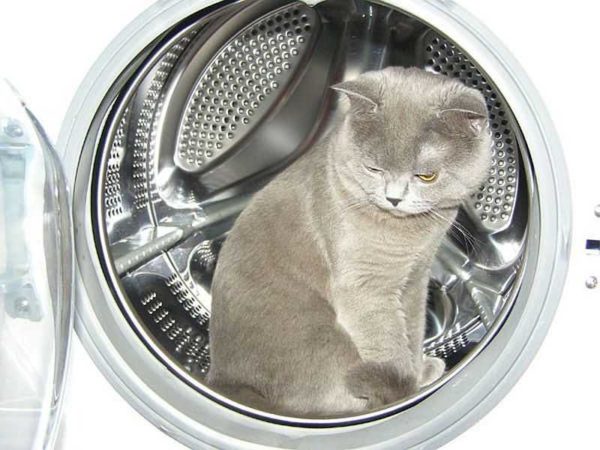
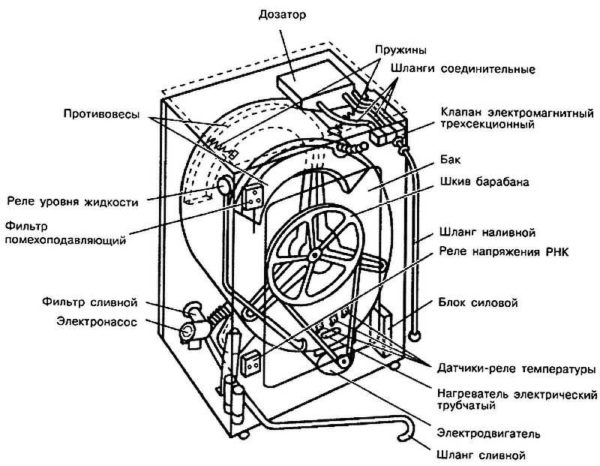
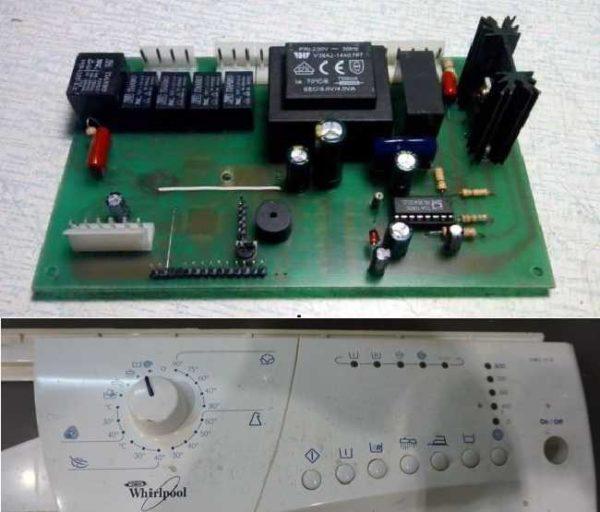
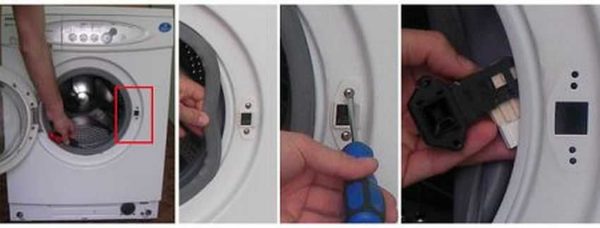
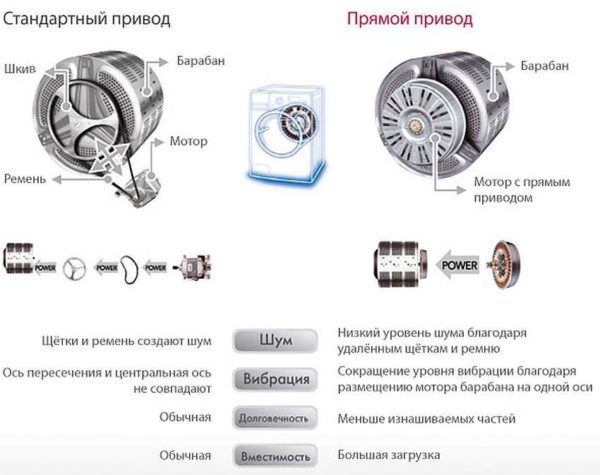
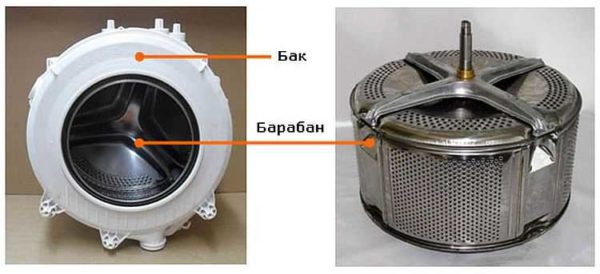
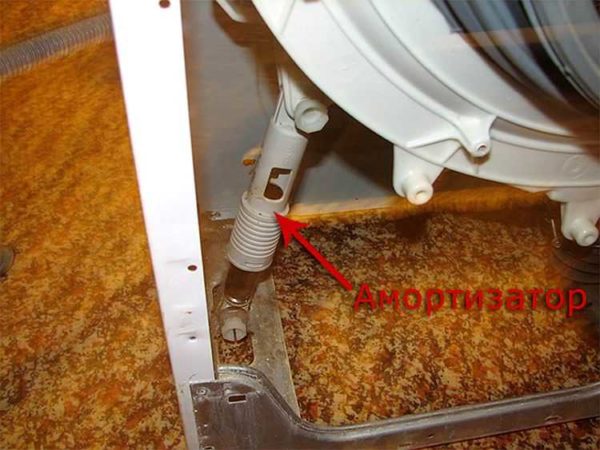
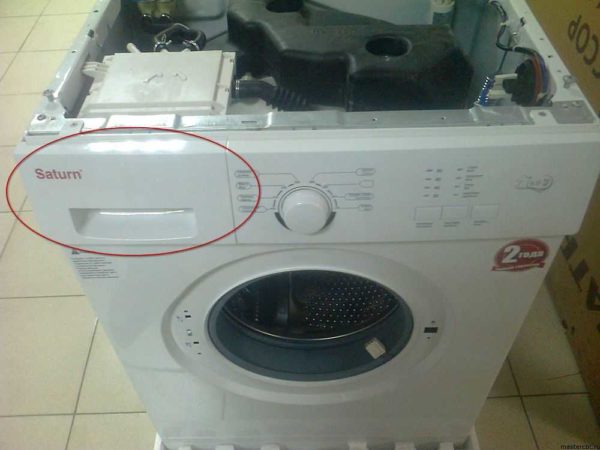
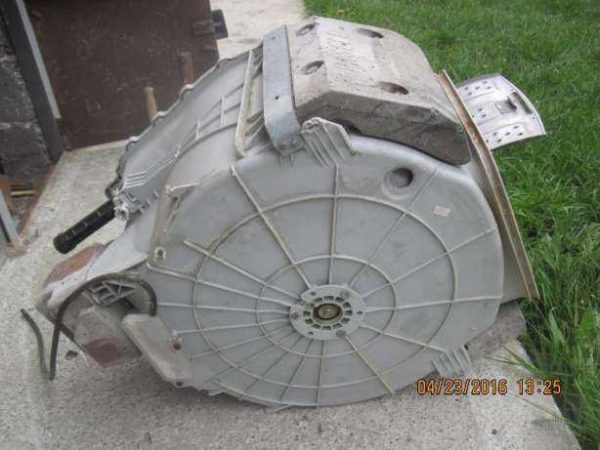
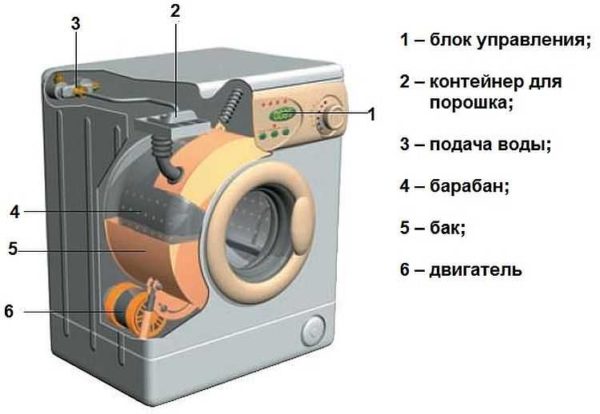
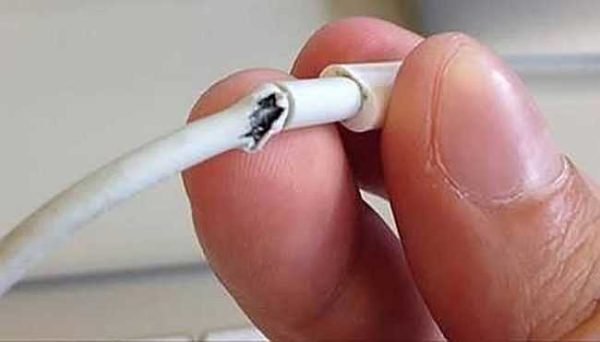

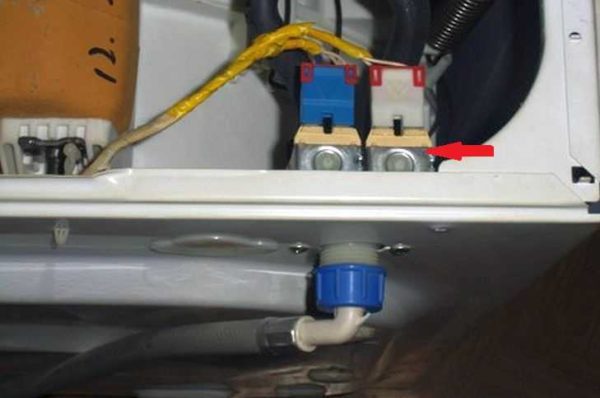
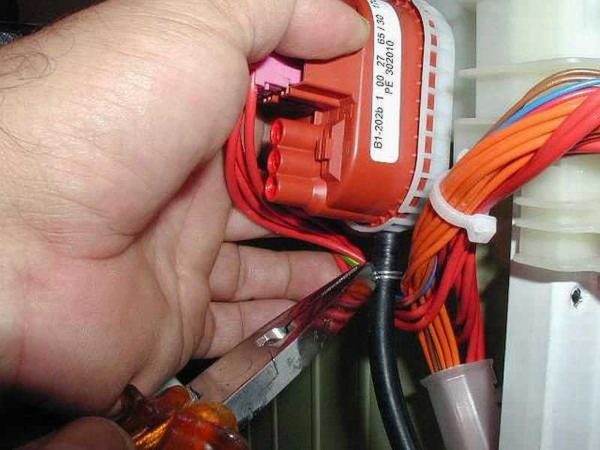
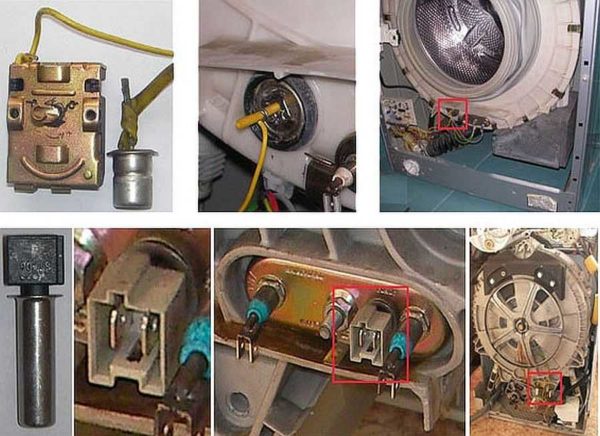
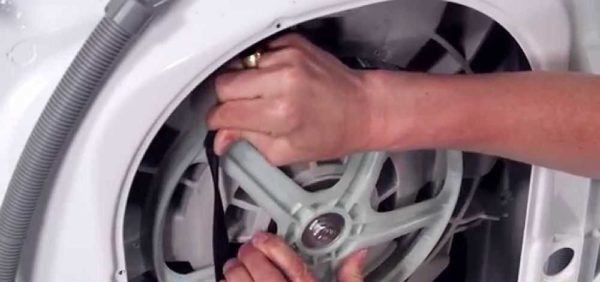

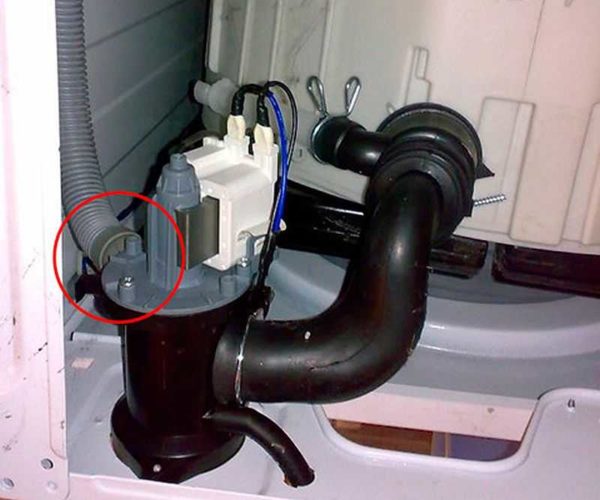










In order to independently figure out what kind of breakdown, pay attention to the machine's display.
Flashing lights and letters with numbers will tell you about the malfunction (error codes).
With self-repair, you can go through the reasons for a long time, and even aggravate the situation. It is better to call a washing machine repair technician who will diagnose and pinpoint the fault. It is clear that there are those who understand the technique and can perform easy repairs themselves, but there are also different "nuances" that are difficult to determine without experience and practice.
Good afternoon, AEG L1470VIT washing machine, when starting the washing program, the machine emits a ratchet sound for 2-3 seconds, then the water is poured as expected, then the washing goes without problems, heats up, squeezes. The machine is connected one at a time with the sink, and when it starts pumping out water, water enters without having time to go down the drain into the sink, filling it. After the final spin, the water flows back into the washing machine and the laundry is taken out of the water. Because of the ratchet crackle at the very beginning and is there a check valve in the machine so that water does not flow back into the washing machine?
Hello, I apologize for writing through comments, I have not found other contacts on the site. I represent a private business, and we would like to buy a link on your site on the subject of this article, under which I leave a comment. Repair of washing machines. Please write to me at the e-mail indicated by me and I will write you the details of my proposal. I hope for your answer.
Hello! We do not place ads, therefore there are no contacts))
Need advice: when I rotate the drum by hand, a grinding sound is heard. With water, the grinding is not audible, it washes normally. Did something hit the drum? How to delete? Yours faithfully
how to open the door of the washing machine please tell me
A strong unpleasant putrid smell comes from the machine. Can you fix it yourself?
If you've already cleaned the output filter and it doesn't help, there are two wonderful but common options. 1 - Debris (coin, a piece of a toothpick) is stuck in the hose in front of the outlet filter, and already rotting things have accumulated in the hose. Disconnect the pump (filter) inlet and look into the hose. 2 - Often the mouse, hiding under the car, rises up the bundle of wires and rests against the 220 V input terminals, where it dies and rots to the skeleton.Unscrew the top cover from the side (2-3 screws), push it back with a blow and remove. Inspect the input and the 220 volt electrical filter (usually in the upper right far corner). Remove the corpse.
The drum rotation speed during spinning does not respond to the position of the speed regulator on the machine panel, all other functions are normal.
The LG F12U2HDN0 machine is 1.5 years old, direct drive, it is level, the shock absorbers are new, the bolts are unscrewed, when the spin starts and ends, the drum knocks on the door in the castle area, help me, I don’t know what to do?
It still looks like a shock absorber. The one that is closer to the castle ...
How to remove coked salts from the powder container outlet. Water is in the tube. Samsung machine
First, remove the powder container. Then soak it for less than a day in a bowl of water in which a sachet of citric acid is dissolved.
Some owners use Sanox plumbing cleaner for flushing.
How to remove the powder container from the machine bosch. I inserted the wrong blue thing into the container, pushed the container. Now it doesn't slide out.